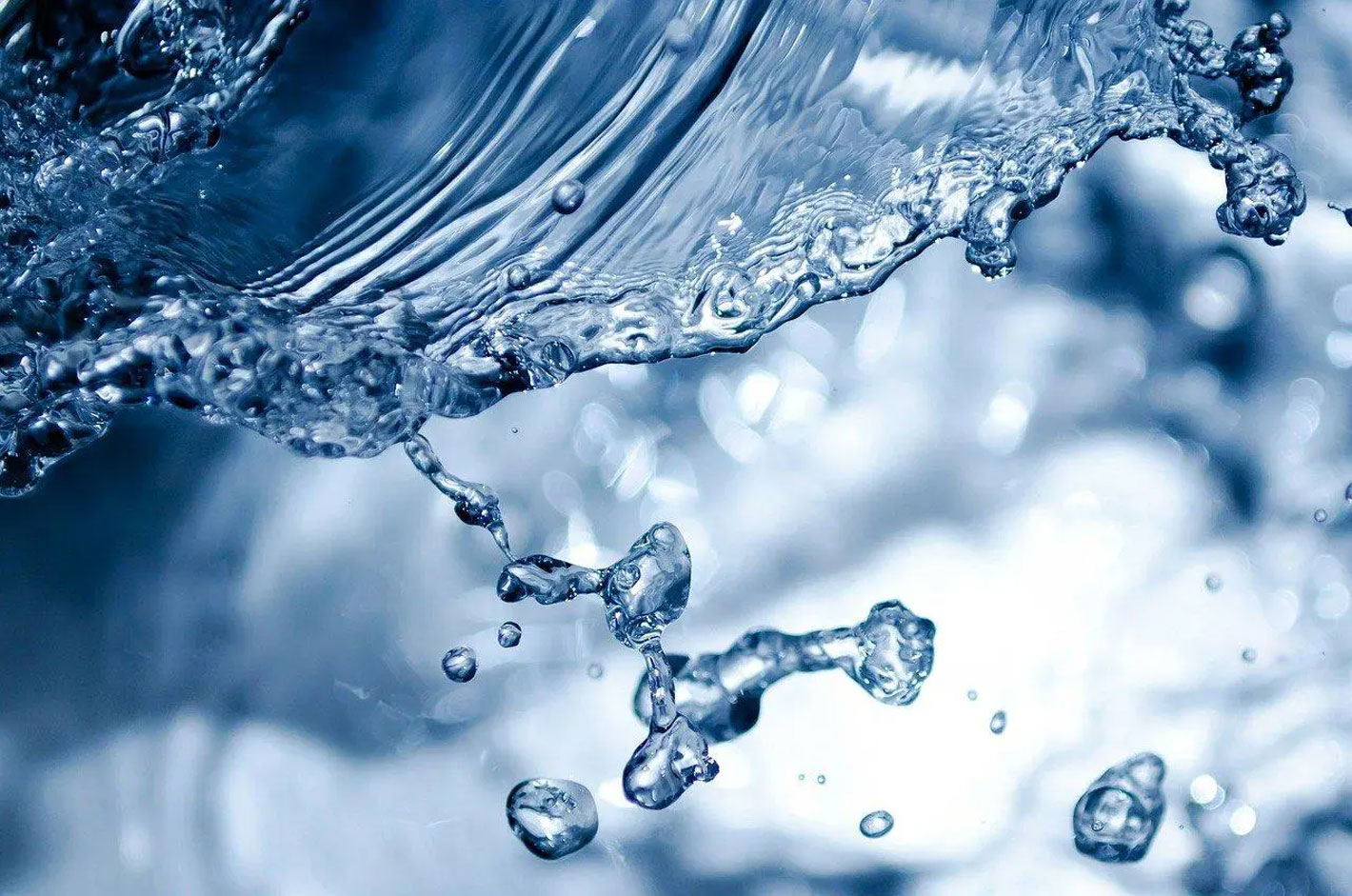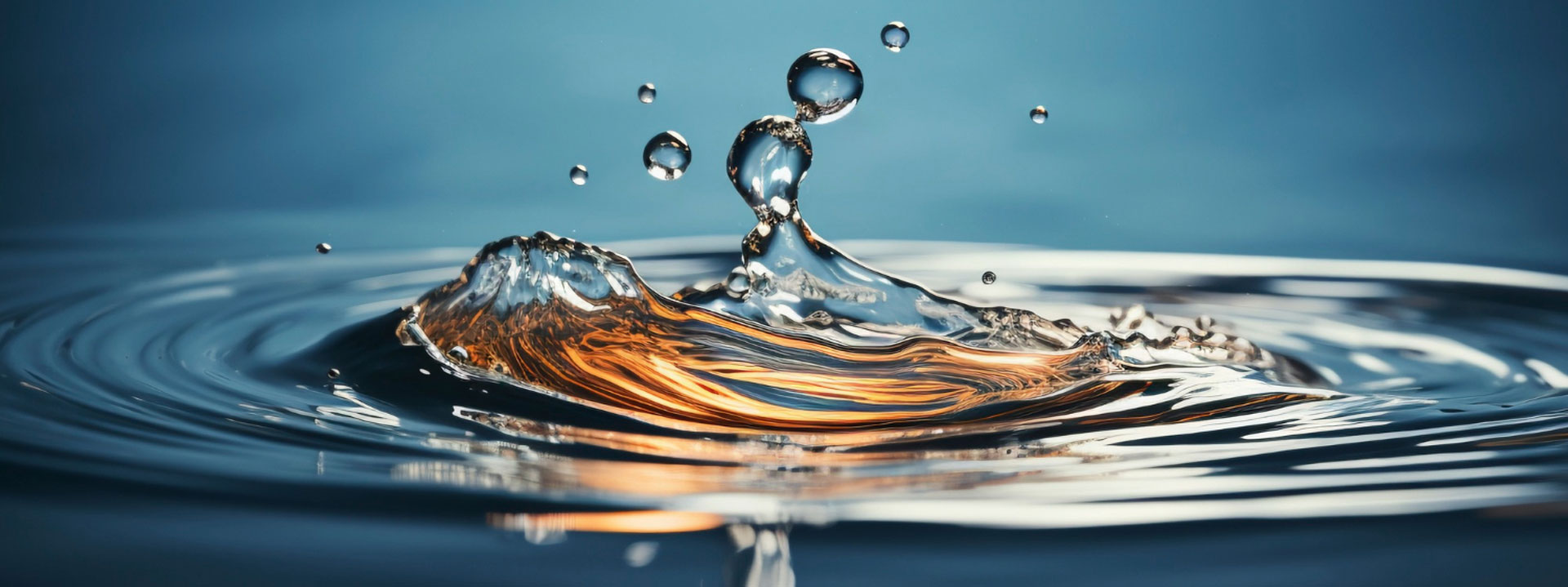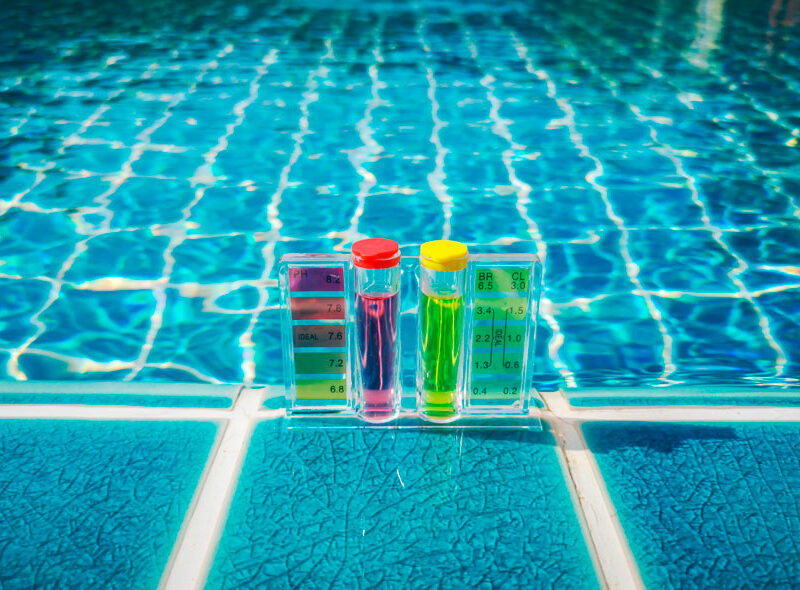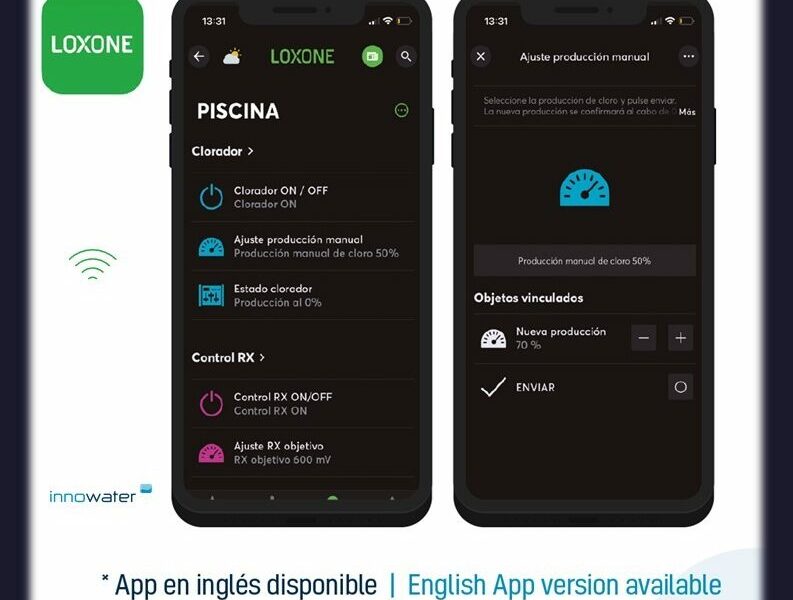
Three Main Types of Water Quality Parameters Explained
The quality of the water you consume or use in municipal or industrial processes must meet specific parameters. For instance, the EPA has set legal limits on more than 90 different contaminants that can be found in water. These limits are necessary to ensure that drinking water remains free from contaminants that could cause health issues or the development of waterborne diseases.
When it comes to industrial facilities, there are times when water must be treated to ensure that the quality is at an acceptable level for a wide range of essential processes. There are three water quality parameters that help to measure the quality of water, which include physical parameters, chemical parameters, and biological parameters. The physical parameters include color, taste, odor, temperature, turbidity, solids, and electrical conductivity.
On the other hand, chemical parameters can include pH, acidity, alkalinity, chlorine, hardness, dissolved oxygen, and biological oxygen demand. The third type of parameter involves biological parameters, which include bacteria, algae, and viruses. Water quality parameters matter because of the different requirements that applications can have.
For instance, dissolved oxygen is among the most important parameters when measuring a river’s water quality. The amount of dissolved oxygen in the water dictates how polluted the water sample is. Low amounts of dissolved oxygen indicate that the water is highly polluted and that organic contaminants are consuming the dissolved oxygen. This article offers a more in-depth explanation on the three types of water quality parameters.
Physical Water Quality Parameters
Turbidity
Though less used than some of the other water quality parameters on this list, turbidity refers to how cloudy water is. When you use Turbidity sensors, these devices are designed to measure the ability that light has to pass through water. High levels of turbidity can occur as a result of higher concentrations of silt, clay, and organic materials. The main issue with turbidity in water is that the water will look bad. No one wants to drink cloudy water. Several additional problems that are caused by high turbidity include:
-Water treatment costs will be higher
-High levels of particulates can act as a shield for harmful microorganisms, which makes it more difficult to get rid of these contaminants
-Suspended materials may damage fish gills, reduce growth rates, and decrease resistance to diseases
-Various suspended particles can act as adsorption media for mercury, cadmium, lead, and other heavy metals
-Dissolved oxygen concentration will likely decrease
Turbidity starts to become visible in water when sensors provide you with readings of over five NTU. As for muddy water, it can have turbidity readings of more than 100 NTU.
Temperature
Some of the aspects of water quality that are influenced by the water’s temperature include odors, chemical reactions, solubility, palatability, and viscosity. As such, biological oxygen demand, sedimentation, and chlorination all depend on the water’s temperature. The ideal water temperatures range from 50-60 degrees Fahrenheit.
Color
It’s possible for the color of the water to be altered by materials that decay from organic matter, the primary of which include vegetation. Such inorganic matter as rocks, soil, and stones may also affect the color of the water. Even though these changes to a water’s color may create aesthetic issues with the water, they don’t change how the water tastes. You can effectively measure color by comparing a water sample to color glass disks or standard color solutions.
When you’re attempting to identify the color of water, it’s important to understand the difference between the water’s apparent color and its true color. Apparent color is made up of suspended material and dissolved solid colors. The true color of water can be identified after all suspended materials have been filtered out of the water. Keep in mind that color can be graded on a scale that ranges from 0-70 color units. Pure water contains no color units because it is essentially colorless.
Taste and Odor
It’s possible for the taste of water to change and for odors to develop as a result of foreign matter being introduced to the water. This matter can include organic materials, dissolved gases, and inorganic compounds. Most of this matter is derived from agricultural, natural, and domestic sources.
Solids
Solids can be in suspension or in solution when they get into the water. If you put a water sample through a glass fiber filter, suspended solids will remain at the top of this filter. On the other hand, any dissolved solids will pass through and remain in the water. When measuring the number of solids in water, it’s common for total dissolved solids to be measured. You can identify how much organic matter is present in the water by measuring for total dissolved solids. The three different water classifications for total dissolved solids include:
-Freshwater – Less than 1,500 mg/L TDS
-Brackish water – 1,500-5,000 mg/L TDS
-Saline water – More than 5,000 mg/L TDS
Electrical Conductivity
Another core physical parameter that you should be aware of involves electrical conductivity, which measures how well a sample of water or similar solution can carry or conduct electrical currents. Conductivity levels will increase as the amount of ions in the water increases.
This is one of the main parameters when measuring water quality because of how easy it is to detect water contamination levels when measuring the conductivity of water. High conductivity means that the water contains a high amount of contaminants. On the other hand, potable water and ultra-pure water are practically unable to conduct an electrical current. The main units of measurement for electrical conductivity include micromhos/cm and milliSiemens/m, the latter of which is abbreviated into mS/m.
Chemical Parameters of Water Quality
PH
When measuring the quality of water, pH is one of the first measurements that you should take. The pH of water is measured with a simple pH sensor or test kit, which will tell you how acidic or basic the water is. Acidic water will invariably be comprised of more hydrogen ions. On the other hand, basic water contains more hydroxyl ions.
It’s possible for pH levels to range from 0-14. If you receive a reading of 7.0, this means that the water is neutral. Any readings below 7.0 are acidic, while any readings above 7.0 are alkaline. Pure water has a neutral pH. However, rainfall is somewhat more acidic and typically has a 5.6 pH. Water is considered to be safe to drink if it has a pH of 6.5-8.5. The many effects that changing pH levels can have on plants and animals include:
-The majority of aquatic plants and animals are able to live in water with a specific pH, which means that slight changes could worsen quality of life
-Slightly acidic water can irritate fish gills, damage membranes, and reduce the number of hatched fish eggs
-Water with extremely high or extremely low pH is fatal to aquatic plants and animals
-Low pH can kill amphibians because their skin is sensitive to contaminants
Acidity
This refers to the measure of how much acids are in a specific solution. The water’s acidity is the quantitative capacity that it has to neutralize a base at a certain pH level. Acidity is commonly caused by the presence of mineral acids, hydrolyzed salts, and carbon dioxide. When acids are introduced to water, they can influence many different processes, which include everything from biological activities and chemical reactions to corrosion. The acidity of water is measured with a pH sensor.
Alkalinity
Alkalinity indicates the water’s acid-neutralizing capacity. Likely the most common reason to measure the alkalinity of a sample of water is to identify how much soda and lime must be added to the water for water softening purposes. The water softening process is particularly beneficial for mitigating corrosion in boilers.
In the event that water is alkaline, this means that it has a pH that’s at least higher than 7.0. The presence of bicarbonate ions, carbonate ions, and hydroxide ions increases the alkalinity of water. If you find that your water samples have high alkalinity or acidity, this indicates that the water is contaminated in some way.
Chlorine
While chlorine doesn’t occur naturally in water, it’s commonly added to wastewater for disinfection purposes. Even though base chlorine is a toxic gas, the aqueous solution is completely harmless to humans. If a small amount of chlorine is found in water, this indicates that the water is clean and essentially free from contaminants. You can measure chlorine residual with a spectrophotometer or color comparator test kit.
Hardness
Hardness occurs when water contains high mineral levels. If left untended, the dissolved minerals in your water could create scale deposits on hot water pipes. If you take a shower with water that has high mineral content, you may find it difficult to produce a lather with the soap you’re using. Hardness in water is mainly caused by the presence of magnesium and calcium ions, which can enter water from rock and soil. In most cases, groundwater has more hardness to it than surface water. You can measure water hardness with a colorimeter or test strip.
Dissolved Oxygen

This is a critical water quality parameter that can help you determine how polluted rivers, lakes, and streams are. When water has a high concentration of dissolved oxygen, you can be confident that the water quality is high. Dissolved oxygen occurs because of the solubility of oxygen. The amount of DO that you can find in water depends on numerous factors, the primary of which include the water’s salinity, pressure, and temperature. It’s possible to measure dissolved oxygen levels with a colorimeter or with the electrometric method.
Biological Oxygen Demand
Microorganisms like bacteria use organic matter as a source of food. When this material is metabolized, oxygen is consumed. If this process takes place in water, the dissolved oxygen in a sample of the water will be consumed. In the event that there is a substantial amount of organic matter in the water, high amounts of dissolved oxygen will be consumed in order to make sure that the organic matter decomposes. However, this creates problems since aquatic plants and animals require DO to survive. You can measure biological oxygen demand with the dilution method. if the BOD levels are high, the water is contaminated.
Biological Parameters of Water
Bacteria
Bacteria are single-celled plants that can ingest food and reproduce at rapid rates if the water’s pH, food supply, and temperature are ideal. Because bacteria can grow rapidly, it’s almost impossible to count the number of bacteria in a sample of water. In most cases, bacteria will reproduce at a slow rate in colder water. There are many harmful waterborne diseases that can be caused by high amounts of bacteria in water, which include cholera, tularemia, and typhoid.
Algae
Algae are tiny, microscopic plants that consist of photosynthetic pigments. These plants are able to support themselves by effectively converting inorganic matter into organic matter, which is done with energy from the sun. While this process is ongoing, the algae consume carbon dioxide and release oxygen.
Algae are also essential in wastewater treatment processes that use stabilization ponds. The main issues caused by algae include strange odors and poor taste problems. Keep in mind that some species of algae can pose serious public health risks. For instance, it’s possible for blue-green algae to kill cattle.
Viruses
Viruses are tiny biological structures that can be harmful to a person’s health. Only strong electronic microscopes are able to view viruses. All viruses require parasites to live. Because of how small viruses are, they are able to pass through the majority of filters. Certain waterborne viruses can cause hepatitis and similar health problems. Despite the difficulty in treating viruses, most water treatment facilities should be able to eliminate viruses during the disinfection process.
Understanding the three primary types of water quality parameters may prove useful when you want to treat water and remove the many contaminants that can be found in water. Whether your water has high turbidity, a low pH, or ample bacteria, there are an array of solutions that you can use to eradicate these issues for good.









